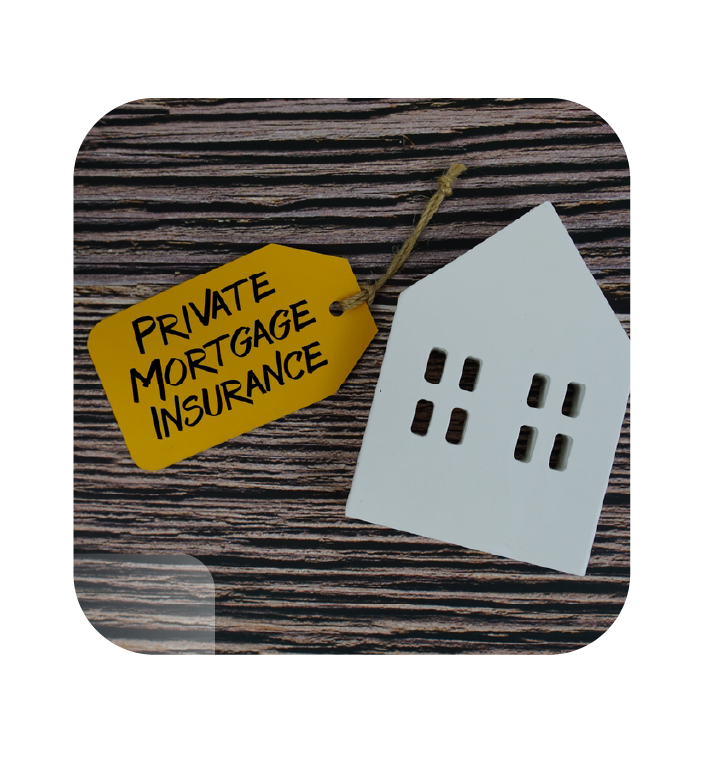Private Mortgage Insurance (PMI) often raises questions for first-time buyers and low-down-payment borrowers. While it can make homeownership more accessible, it’s important to understand how it works — and how to remove it when the time is right. This guide breaks down what PMI is, why it exists, and how to minimize its impact on your mortgage.
We believe in removing barriers to homeownership — and that includes helping you navigate PMI with clarity and confidence.


PMI is a type of insurance that protects the lender — not the borrower — if you stop making mortgage payments. It’s typically required when you put down less than 20% on a conventional loan. Even though it’s an added cost, PMI allows you to buy a home sooner, with a smaller down payment.
Note: FHA loans have their own version of mortgage insurance, which is separate from PMI.
We believe PMI isn’t permanent and with the right guidance, it doesn’t have to be a burden.
PMI is usually charged as a monthly premium and added to your mortgage payment. It typically costs between 0.5% and 1.5% of your loan amount annually — depending on your credit score, loan type, and down payment.
You can request to remove PMI once your loan-to-value (LTV) ratio reaches 80%, either through:
We’ll help you monitor your progress and guide you on when and how to remove it.


PMI is typically required when your down payment is less than 20%. Understanding when it kicks in can help you plan ahead and avoid surprises.
Once your loan-to-value ratio drops below 80%, you may be eligible to cancel PMI. Make extra payments or monitor your home’s appreciation to speed this up.
Some loan programs structure PMI differently. Our team can help you evaluate whether lender-paid PMI or borrower-paid PMI makes more sense for your budget.
Ask us about lender-paid PMI, split-premium PMI, or other creative loan options that can reduce or eliminate this cost upfront. Depending on your loan structure and timeline, there may be better solutions for your goals.